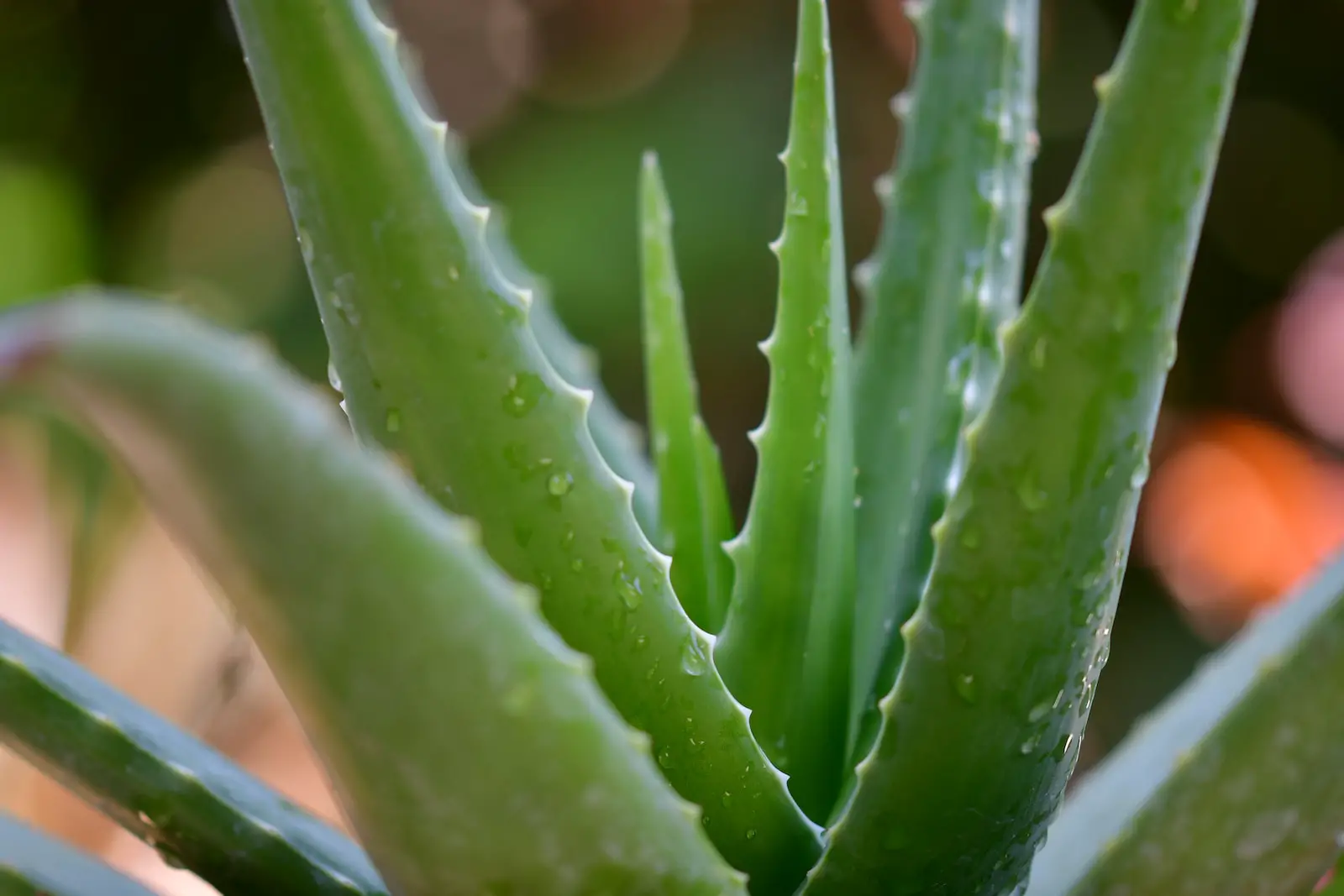Aloe Vera, often termed as the “miracle plant,” is a popular succulent renowned for its medicinal, cosmetic, and ornamental purposes. With its thick, fleshy leaves that contain a gel-like substance, Aloe Vera has been used for thousands of years across various cultures to treat burns, wounds, and skin disorders.
Native to the Arabian Peninsula, Aloe Vera has successfully spread to various parts of the world, thanks to its ease of cultivation and adaptability. Whether grown indoors or outdoors, this robust plant adds an exotic touch to gardens and homes.
The demand for Aloe Vera has grown exponentially due to its myriad applications in the healthcare and beauty industry. Its usage in creams, lotions, and dietary supplements highlights its versatile nature. However, growing Aloe Vera requires knowledge of its specific needs and preferences to thrive.
| Attribute | Details |
|---|---|
| Common Names | Aloe Vera, Medicinal Aloe |
| Botanical Name | Aloe barbadensis miller |
| Family | Asphodelaceae |
| Plant Type | Succulent |
| Mature Size | Up to 2 feet tall |
| Sun Exposure | Full sun to partial shade |
| Soil Type | Well-draining sandy soil |
| Hardiness Zones | 10-12 |
| Native Area | Arabian Peninsula |
Aloe Vera Care
Aloe Vera is often cherished for its low-maintenance nature. As a desert plant, it’s well-adapted to an environment that offers high light and minimal water. However, certain key aspects of its care need to be considered for the plant to thrive.
Indoor or outdoor, Aloe Vera’s care mainly revolves around proper watering, sunlight, and soil conditions. Although it’s tolerant to neglect, paying attention to its specific needs ensures a healthy and flourishing plant.
Light Requirement for Aloe Vera
Aloe Vera loves bright, direct sunlight but can also tolerate some shade. Indoors, a southern or western-facing window is ideal. If sunlight is limited, artificial grow lights can be used.
Soil Requirements for Aloe Vera
A sandy, well-draining soil is essential for Aloe Vera. Cactus or succulent mixtures are typically suitable. Avoid soil that retains too much moisture, as this can lead to root rot.
Water Requirements for Aloe Vera
Overwatering is a common mistake with Aloe Vera. Allow the soil to dry between waterings, and reduce watering during winter. Water thoroughly but infrequently.
Temperature and Humidity
Aloe Vera prefers temperatures between 55-80°F. It’s not frost-tolerant, so protect it from freezing temperatures. Humidity is usually not an issue for this desert plant.
Fertilizer
Fertilize sparingly with a balanced, water-soluble fertilizer during the growing season. Over-fertilization can harm the plant.
Pruning Aloe Vera
Remove dead or damaged leaves and spent flower stalks to maintain appearance and health. Pruning can also help control the size of the plant.
Propagating Aloe Vera
Propagation is best achieved by separating the offsets or “pups” that grow at the base of the plant. Plant them in a well-draining soil mix.
How To Grow Aloe Vera From Seed
Growing Aloe Vera from seed is a slow process but can be rewarding. Plant seeds in a sandy, well-draining mix, and keep them warm and lightly moist.
Common Pests & Plant Diseases
Aphids
Use insecticidal soap or neem oil for treatment.
Root Rot
Avoid overwatering and ensure proper soil drainage.
Common Problems With Aloe Vera
Browning Tips
This may be a sign of underwatering or high salt content in the soil. Adjust watering and consider flushing the soil.
Soft, Mushy Leaves
An indication of overwatering. Reduce watering frequency and check soil drainage.
Pro Tips
- Avoid overwatering; let the soil dry between waterings.
- Provide ample sunlight or use artificial lights if necessary.
- Protect from frost during cold months.
- Use well-draining soil to prevent root rot.
- Regularly inspect for pests and diseases.
